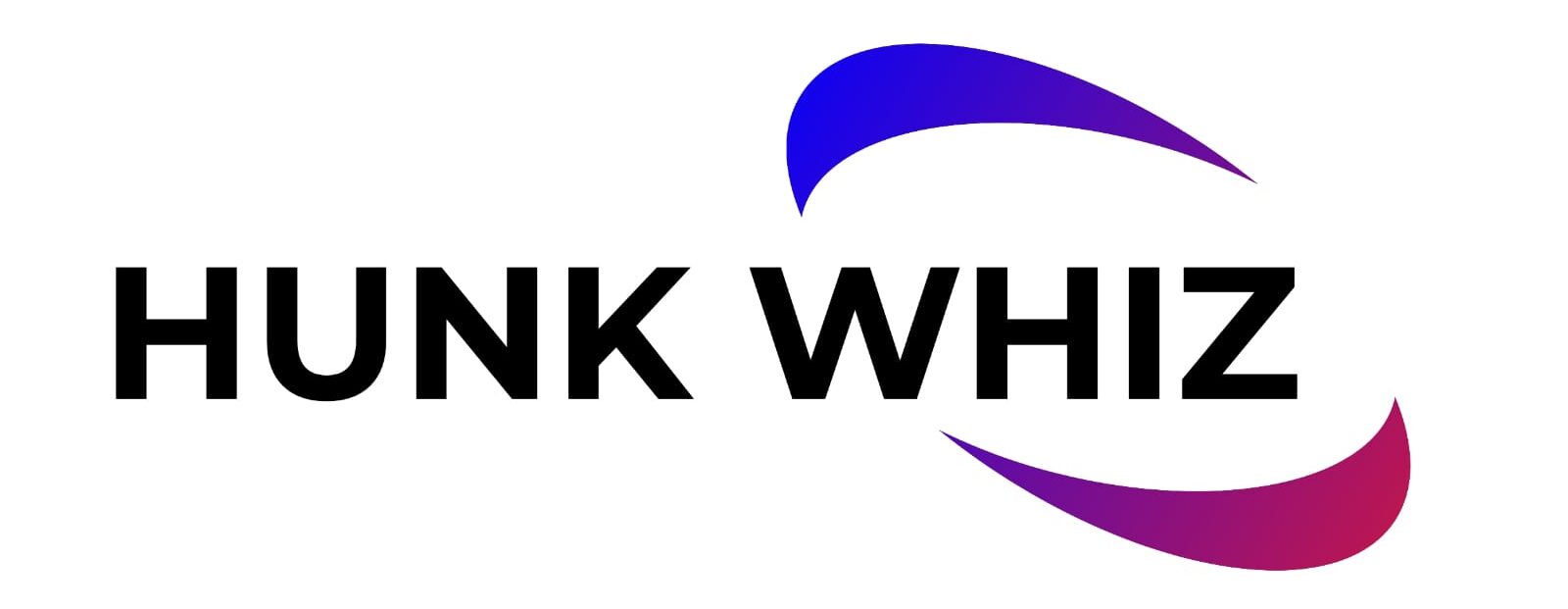Managing chronic diseases effectively is one of the biggest challenges in modern healthcare. Providers often struggle with incomplete documentation, coding delays, and missed diagnoses, leading to inaccurate risk scores and suboptimal patient care. These issues can negatively impact both financial performance and patient outcomes, particularly in value-based care models that prioritize long-term health over volume-based services.
Prospective Coding offers a proactive approach to documentation and risk adjustment, ensuring that chronic conditions are accurately captured and managed before they become more severe. By incorporating Prospective Risk Adjustment, healthcare organizations can allocate resources more efficiently, predict high-risk patients, and optimize reimbursements—ultimately strengthening their ability to deliver high-quality preventive care.
The Role of Value-Based Care in Chronic Disease Management
Shift from Volume to Value
Traditional fee-for-service models often emphasize treating acute illnesses rather than preventing disease progression. In contrast, value-based care rewards providers for improving patient outcomes, reducing hospital admissions, and delivering long-term health benefits. This shift makes chronic disease management a top priority for healthcare organizations.
Why Chronic Disease Management is Critical
Chronic conditions such as diabetes, heart disease, and chronic obstructive pulmonary disease (COPD) account for a significant portion of healthcare spending and hospitalizations. Effective management of these conditions can help reduce complications, minimize emergency visits, and lower healthcare costs.
How Risk Adjustment Supports Value-Based Models
Risk adjustment ensures that healthcare organizations receive fair compensation for treating high-risk patients. Accurate risk scores enable providers to allocate appropriate resources for managing chronic diseases, ensuring that they have the necessary funding to offer preventive care and long-term treatment.
Why Prospective Coding is Essential for Managing Chronic Diseases
Ensuring Early Diagnosis and Intervention
Proper documentation of chronic conditions in real-time allows providers to identify health risks early. This proactive approach ensures that patients receive the necessary screenings, lifestyle interventions, and medication adjustments before their conditions worsen.
Minimizing Documentation Gaps
Missed or under-documented conditions can lead to inaccurate risk scores, reduced reimbursements, and gaps in patient care. Prospective coding ensures that all relevant diagnoses are captured at the point of care, preventing documentation gaps that could affect treatment planning.
Reducing Provider Burden
Physicians often struggle with administrative workload and complex coding requirements. Prospective coding streamlines workflows by integrating real-time coding support into electronic health records (EHRs), reducing the burden on providers while improving documentation accuracy.
How Prospective Risk Adjustment Enhances Chronic Disease Management
Identifies High-Risk Patients Earlier
By leveraging predictive analytics, providers can stratify patients based on risk levels. This helps healthcare organizations focus their efforts on patients who are most likely to require early interventions, improving health outcomes while reducing hospitalizations.
Aligns Coding with Long-Term Care Goals
Prospective risk adjustment ensures that chronic conditions are accurately documented to support ongoing patient management. This alignment improves care coordination across different specialties and healthcare settings.
Improves Financial Predictability
Accurate risk adjustment leads to stable reimbursements by reflecting the true complexity of a provider’s patient population. This financial predictability enables healthcare organizations to invest in preventive care, disease management programs, and advanced treatment options.
Best Practices for Optimizing Prospective Coding in Chronic Disease Care
1. Implement AI-Driven Documentation Support
Advanced coding software can provide real-time prompts to ensure that chronic conditions and comorbidities are captured accurately. AI-driven tools can analyze patient history, suggest relevant diagnoses, and minimize documentation errors.
2. Train Providers on Risk Adjustment Documentation
Educating clinicians about the importance of complete and accurate documentation is crucial. Training sessions should emphasize how proper coding impacts risk scores, financial performance, and patient care outcomes.
3. Leverage Predictive Analytics for Patient Risk Stratification
Healthcare organizations should use predictive analytics to identify patients at risk for disease progression. This data-driven approach allows providers to develop targeted intervention strategies that prevent complications and improve long-term health.
4. Integrate Coding and CDI Teams in Clinical Workflows
Collaboration between providers, coders, and Clinical Documentation Improvement (CDI) teams ensures that chronic conditions are documented correctly. A team-based approach helps standardize documentation practices and improves risk score accuracy.
5. Monitor and Optimize Performance Metrics
Tracking key performance indicators (KPIs) related to documentation accuracy, risk scores, and patient outcomes helps organizations refine their prospective coding strategies. Regular audits and performance reviews can identify areas for improvement.
Common Pitfalls to Avoid in Prospective Coding
Ignoring Real-Time Documentation
Delaying coding updates can lead to missing or incomplete risk scores, affecting both patient care and reimbursements. Providers should document conditions during patient visits rather than relying on retrospective reviews.
Failure to Capture Social Determinants of Health (SDOH)
Social factors such as economic status, housing conditions, and access to transportation can significantly impact a patient’s health. Overlooking these factors may result in incomplete risk assessments and less effective care plans.
Not Updating Coding Protocols
CMS frequently updates risk adjustment coding guidelines. Providers must continuously refine their documentation practices to align with these changes, ensuring compliance and accurate reimbursement.
Actionable Steps for Healthcare Organizations
Assess Current Documentation and Coding Gaps
Organizations should conduct internal audits to identify areas where prospective coding improvements can enhance chronic disease management. Understanding current challenges is the first step toward optimizing documentation practices.
Adopt Technology-Enabled Coding Solutions
Investing in EHR-integrated coding tools ensures that providers receive real-time documentation support. These solutions can automatically flag missing diagnoses, suggest relevant HCC codes, and streamline workflows.
Engage in Ongoing Provider Education
Continuous training sessions on risk adjustment, value-based care, and chronic disease documentation help providers stay informed about best practices. Education should be tailored to different specialties and practice settings.
Monitor and Adjust Coding Strategies
Healthcare organizations should regularly review their documentation accuracy, risk scores, and reimbursement trends. Performance data should guide improvements in prospective coding workflows.
Final Thoughts
Prospective Coding and Prospective Risk Adjustment are essential components of an effective chronic disease management strategy. By proactively capturing risk-adjusted conditions, healthcare providers can improve patient outcomes, optimize financial performance, and ensure compliance with value-based care requirements.
Leveraging AI-driven documentation support, predictive analytics, and real-time coding integration allows providers to stay ahead of documentation challenges while reducing administrative burdens. With proper training, collaboration between CDI teams and clinicians, and continuous performance monitoring, organizations can achieve greater accuracy in risk scores and deliver high-quality preventive care.
For healthcare providers navigating the shift to value-based care, adopting a proactive coding approach is no longer optional—it is a necessity for long-term success.

